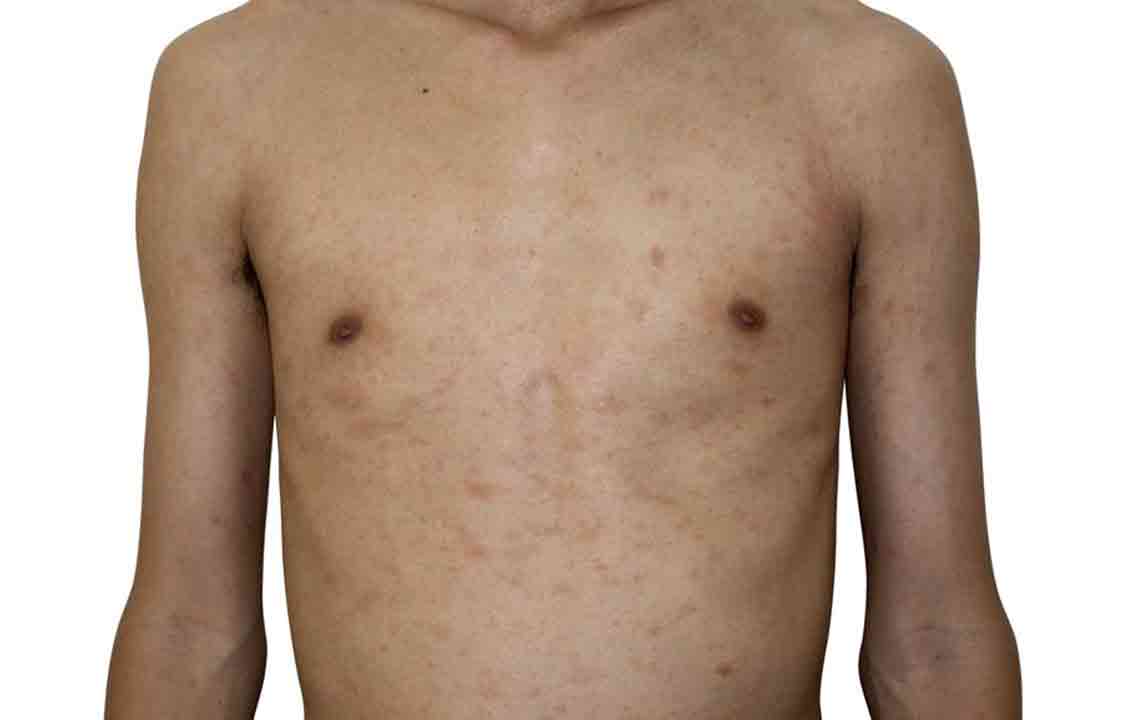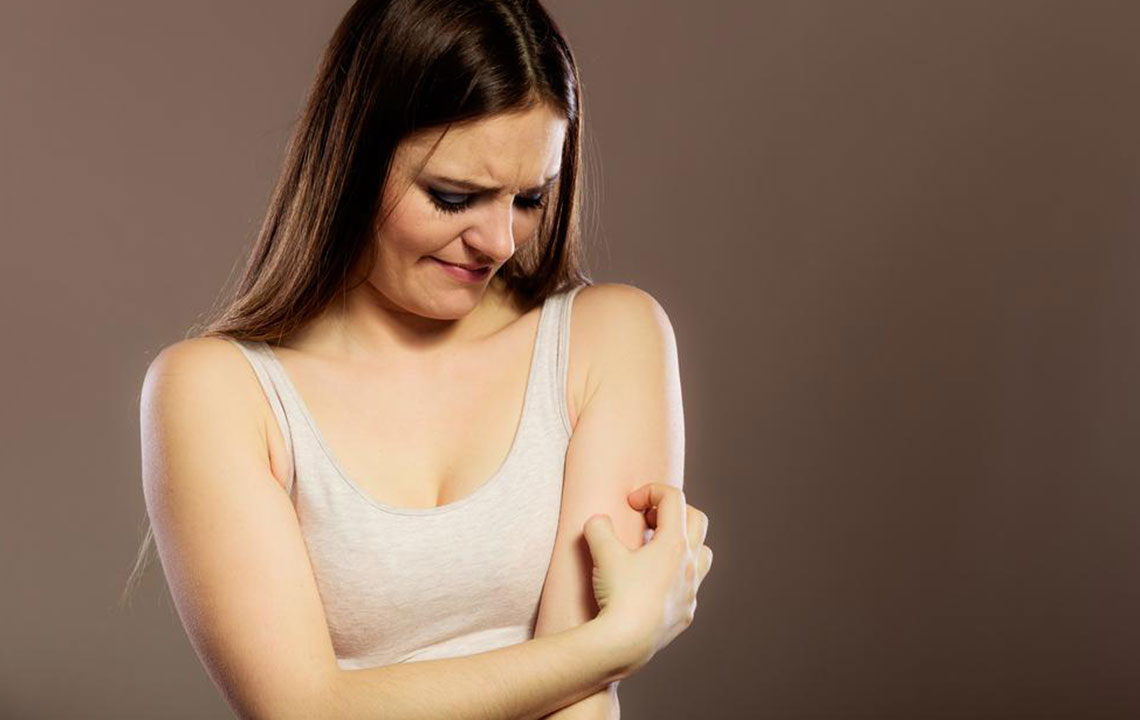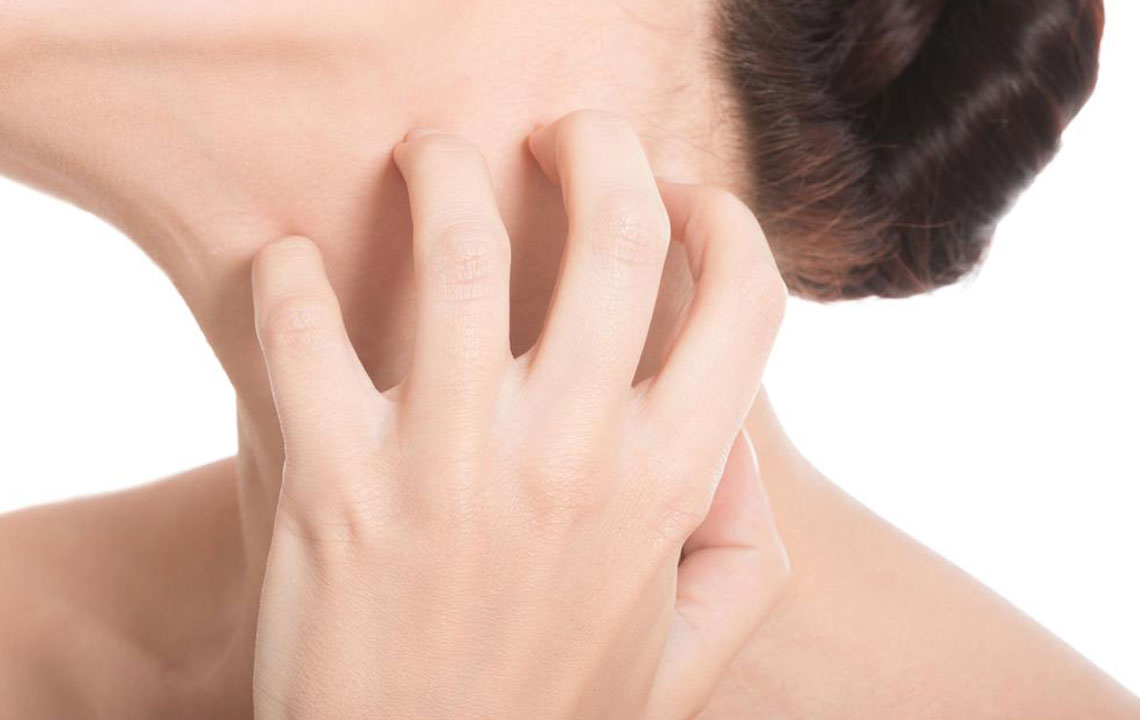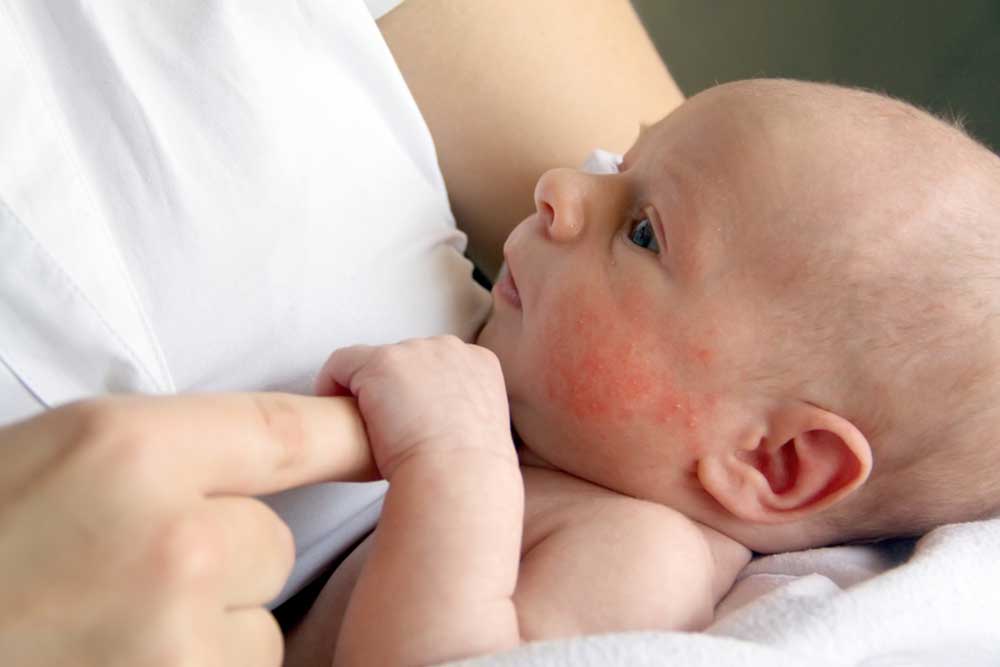An In-Depth Overview of Pityriasis Rosea: Causes, Symptoms, and Effective Management Strategies
This comprehensive guide covers everything about pityriasis rosea, including its causes, symptoms, and proven management strategies. Learn how to identify the typical rash, explore medical and natural treatment options, and discover helpful tips to soothe symptoms and promote healing. Whether mild or severe, understanding this common skin condition can empower you to manage it effectively and minimize discomfort, ensuring quicker recovery and improved skin health.
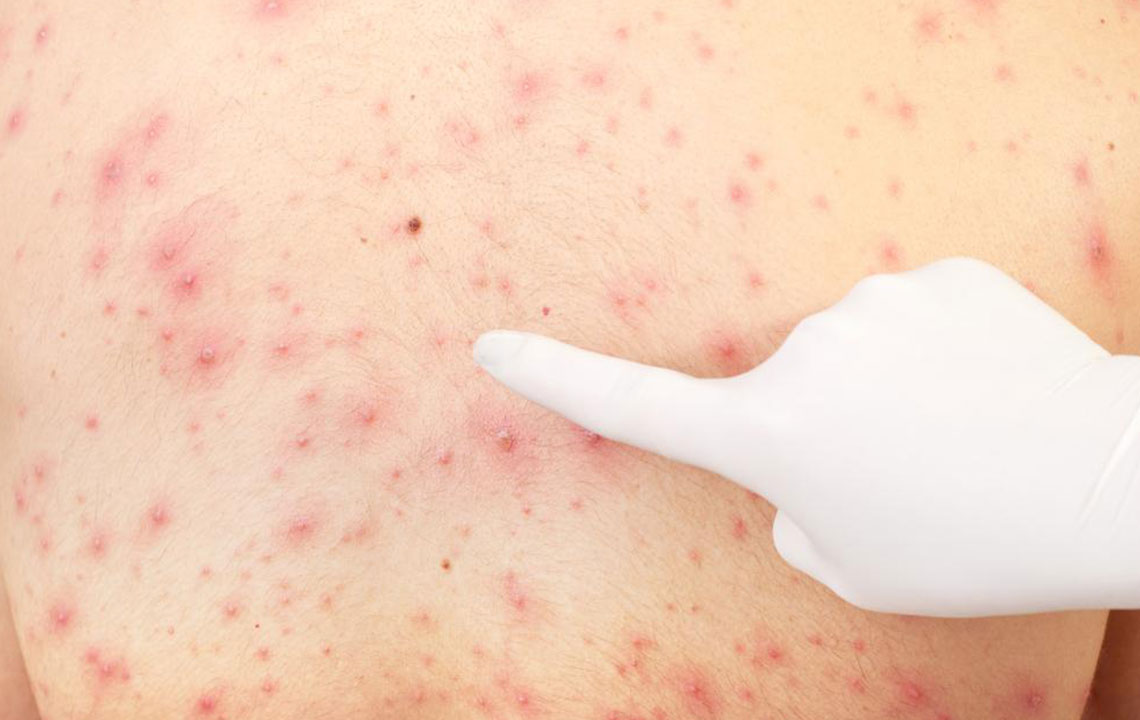
Understanding Pityriasis Rosea: Causes, Symptoms, and Proven Treatment Options
Pityriasis rosea is a common dermatological condition that affects a wide range of individuals, often impacting their daily routines and quality of life. Recognizing the signs, understanding the underlying causes, and knowing effective treatment options are crucial for managing this skin disorder successfully. Typically, the condition starts with a single, distinctive lesion called the herald patch, which is oval or circular in shape. This herald patch commonly appears on the chest, back, or abdomen and serves as a precursor to the subsequent rash.
Following the appearance of the herald patch, usually within one to two weeks, a generalized rash develops across the torso, limbs, and sometimes the neck and face. This rash can persist for up to twelve weeks but generally resolves on its own without significant medical intervention. The exact etiology of pityriasis rosea remains unclear, although most researchers believe viral agents, particularly human herpesvirus types 6 or 7, may play a role. Despite its benign nature, managing symptoms to alleviate discomfort and prevent secondary infections is essential for patient comfort and recovery.
The rash characteristic of pityriasis rosea tends to be quite distinct, often presenting as pink, red, or darker shades, and may exhibit patterns resembling tree branches or a Christmas tree shape along the trunk and extremities. Alongside the rash, some individuals experience mild flu-like symptoms such as fatigue, mild fever, headache, or sore throat. Though these symptoms are generally mild, they add to the discomfort and may confuse the diagnosis with other viral illnesses.
Effective Management of Pityriasis Rosea
While many cases resolve on their own, targeted treatment can significantly ease symptoms and shorten the duration of the rash. The primary goal of therapy is to reduce itching, minimize inflammation, and prevent secondary bacterial infection that could complicate healing. Various medical and natural treatment options exist, allowing healthcare providers to tailor interventions based on severity and patient preference.
Medical Treatments for Pityriasis Rosea
Medical interventions aim to manage symptoms effectively. Commonly prescribed medications include:
Corticosteroids
Topical corticosteroids, such as hydrocortisone or betamethasone creams, are often recommended to decrease skin inflammation and redness. They are most effective when used in short courses and under medical supervision, as prolonged use can cause side effects like skin thinning or discoloration.
Antihistamines
Drugs like diphenhydramine or loratadine can help control itching and promote better sleep, particularly for those experiencing severe discomfort at night.
Phototherapy
Controlled exposure to ultraviolet (UV) light, especially narrowband UVB, can accelerate lesion resolution, reduce itching, and improve skin appearance. Phototherapy is typically administered in a clinical setting and is most effective when started early in the disease course.
It's important that all medications be taken or applied as directed and under medical oversight to ensure safety and maximize benefits.
Natural and Home Remedies for Pityriasis Rosea
For mild cases, many individuals prefer natural remedies to soothe the skin and promote healing. These methods can be used in conjunction with medical treatments or as standalone options when symptoms are not severe. Here are some effective home-based strategies:
Calamine Lotion
Renowned for its cooling and anti-itch properties, calamine lotion can provide immediate relief from skin irritation and soothe inflamed areas.
Oatmeal Baths
Colloidal oatmeal has soothing properties that can reduce skin irritation and dryness. Preparing an oatmeal bath involves boiling oats in water and then soaking in the cooled mixture, which provides relief from itching and promotes skin healing.
Aloe Vera
Applying pure aloe vera gel or fresh aloe leaves directly to affected areas helps reduce redness, swelling, and itching, aiding faster recovery and providing a cooling effect.
Coconut Oil
Regular application of coconut oil helps keep the skin moisturized, preventing dryness and cracking. It also possesses mild antifungal properties that may support skin health during recovery.
In addition to topical treatments, maintaining proper skin hygiene, avoiding tight or synthetic clothing, and preventing scratching are essential to prevent worsening of symptoms. Warm baths are preferable over hot ones to avoid aggravating irritation, and consistent moisturizing helps maintain skin barrier integrity.
